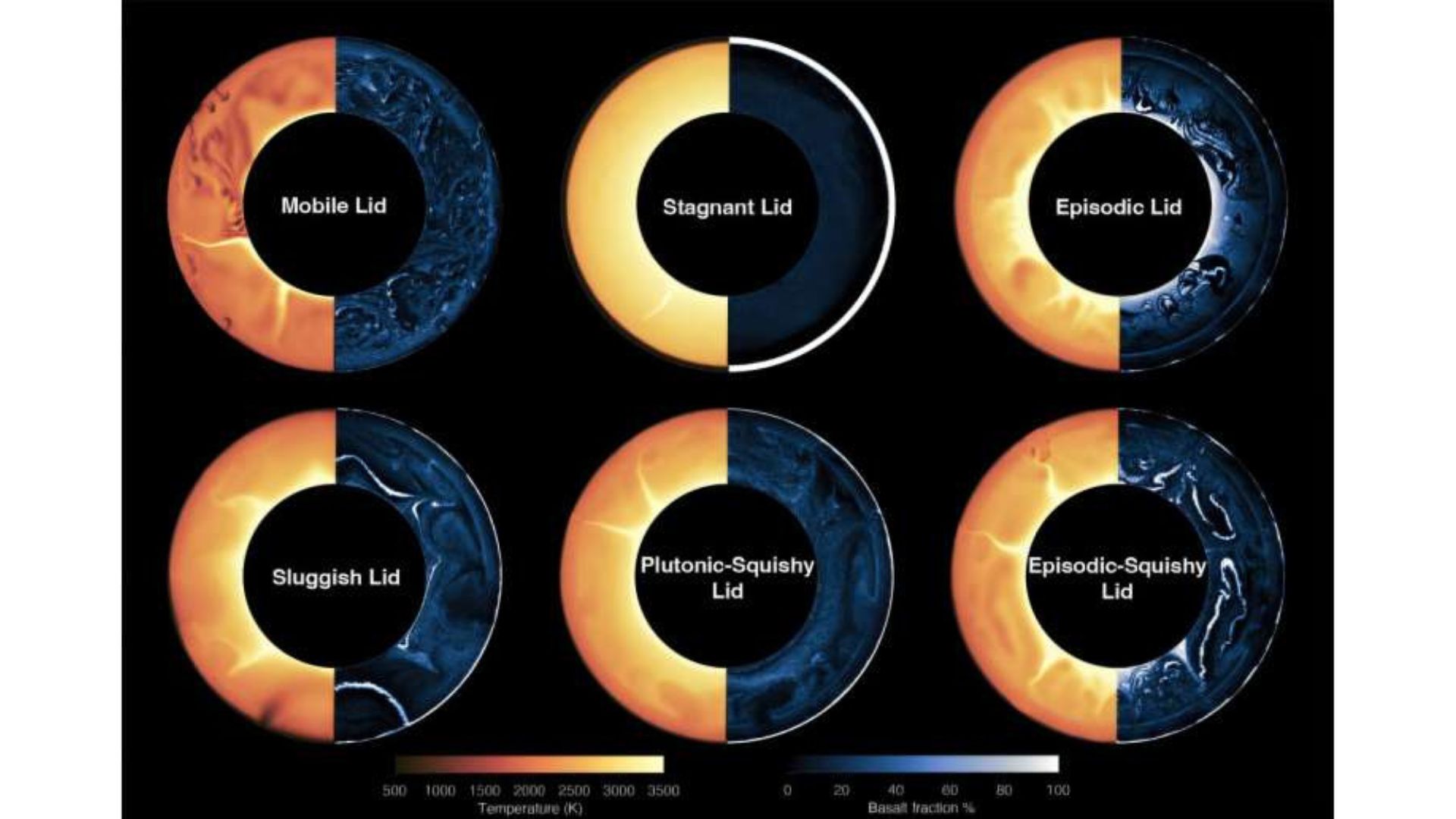Dazzling Rocket Launch Marks 100th Liftoff for United Launch Alliance

A United Launch Alliance (ULA) Atlas V rocket blasted a communications satellite into orbit today (Oct. 2), marking the 100th consecutive successful liftoff for the company.
ULA, a joint venture of aerospace giants Boeing and Lockheed Martin, now has a 100 percent success rate on 100 rocket launches since its formation in 2006.
"Congratulations to the entire team, including our many mission partners, on this unprecedented achievement," Jim Sponnick, ULA vice president for Atlas and Delta programs, said in a statement.
The Atlas V rocket launched from Florida's Cape Canaveral Air Force Station at 6:28 a.m. EDT (1028 GMT) today, carrying the Morelos-3 satellite for Mexico's Ministry of Communications and Transportation. Morelos-3 is joining the Mexsat satellite constellation, which helps serve Mexico's national security needs and provides communications to rural zones, ULA representatives said.
ULA currently operates the Atlas V, Delta IV, Delta IV Heavy and Delta II rockets, which have rich heritages that stretch back more than half a century. For example, the first flights of the Delta rocket family took place in 1960, and in February 1962, an Atlas LV-3B booster launched John Glenn on the United States' first crewed orbital flight.
ULA launches payloads for many organizations, though the U.S. Department of Defense and NASA are notable repeat customers.
In December 2014, for instance, a Delta IV Heavy rocket launched NASA's Orion capsule on the spacecraft's first test flight, an uncrewed mission called Exploration Flight Test 1. And Atlas V rockets lofted the agency's Solar Dynamics Observatory (in 2010), Juno Jupiter probe (2011), Mars rover Curiosity (2011) and MAVEN (Mars Atmosphere and Volatile Evolution) Mars orbiter (2013), among others.
Breaking space news, the latest updates on rocket launches, skywatching events and more!
ULA is also developing a partially reusable rocket called Vulcan, which company representatives hope will eventually replace the Delta and Atlas rockets. Vulcan could begin flying by 2019.
Next up on ULA's manifest is the NROL-55 mission for the U.S. National Reconnaissance Office (NRO). An Atlas V will launch the NROL-55 satellite, along with 13 tiny cubesats (four from NASA and nine from the NRO), from California's Vandenberg Air Force Base on Oct. 8.
Follow Mike Wall on Twitter @michaeldwall and Google+. Follow us @Spacedotcom, Facebook or Google+. Originally published on Space.com.

Michael Wall is a Senior Space Writer with Space.com and joined the team in 2010. He primarily covers exoplanets, spaceflight and military space, but has been known to dabble in the space art beat. His book about the search for alien life, "Out There," was published on Nov. 13, 2018. Before becoming a science writer, Michael worked as a herpetologist and wildlife biologist. He has a Ph.D. in evolutionary biology from the University of Sydney, Australia, a bachelor's degree from the University of Arizona, and a graduate certificate in science writing from the University of California, Santa Cruz. To find out what his latest project is, you can follow Michael on Twitter.
